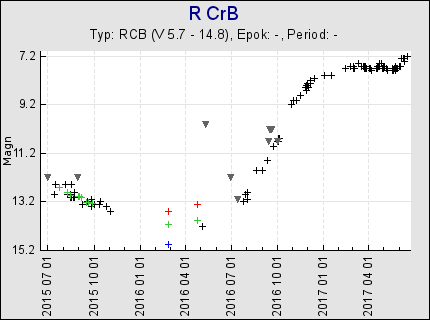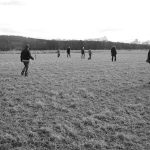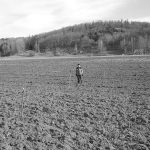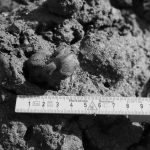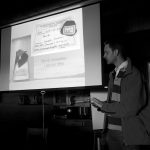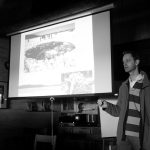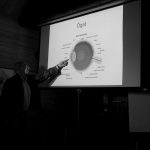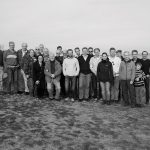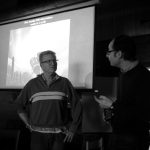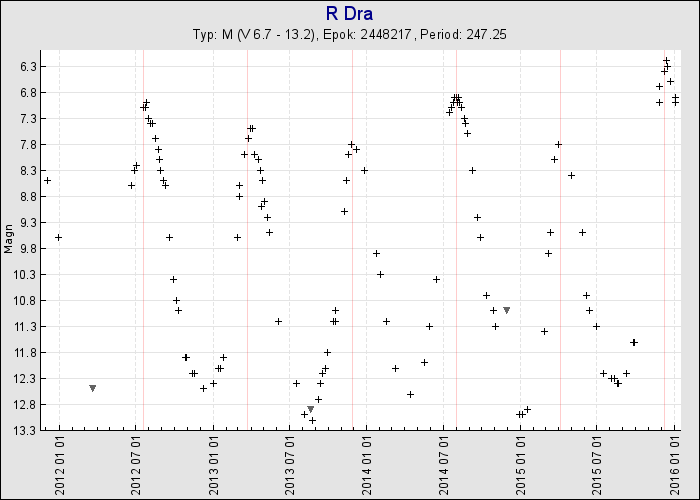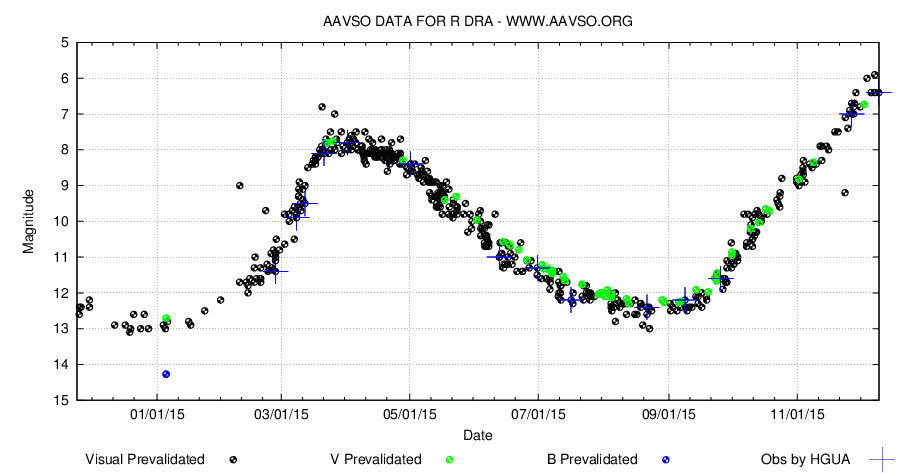Hernán De Angelis has written two great blog posts on how to develop a programme for observing variable stars: here and here. Recommended reading!
-
Recent Posts
Recent Comments
 Svensk AmatörAstronomisk Förening
Svensk AmatörAstronomisk FöreningArchives
- September 2019
- July 2018
- June 2017
- April 2017
- March 2017
- August 2016
- January 2016
- December 2015
- May 2015
- January 2015
- August 2014
- July 2014
- June 2014
- May 2014
- August 2013
- July 2013
- April 2013
- March 2013
- February 2013
- January 2013
- October 2012
- July 2012
- May 2012
- April 2012
- February 2012
- January 2012
- December 2011
- November 2011
Astronomy blogs
Meta
Tags
And Aries ASAS binoculars BRT BSM Cas comets Dra Draconis EC Pickering Eric Stempels Friedrich Wilhelm Argelander Hans Bengtsson Henry Parkhurst Johan Kärnfelt Johan Warell Joseph Baxendell lightcurves Miras novae Otero R Ari RCB R Dra remote telescopes Robert Wahlström Robin Andersson SAAF Sebastian Otero semiregulars SRD sun sunspots SU Tau SVO T.H. Astbury Thomas Karlsson Tomas Wikander V370 And V538 Cas V2331 Cyg variable stars variable star section W Aur

